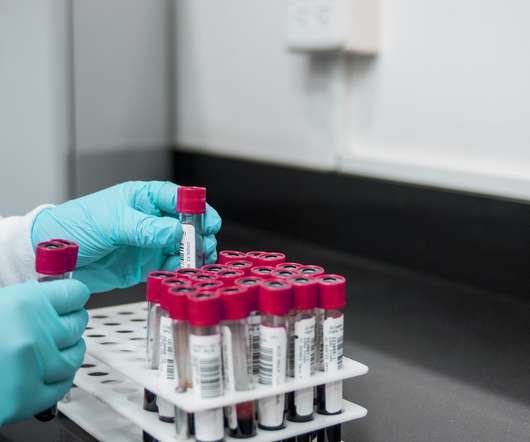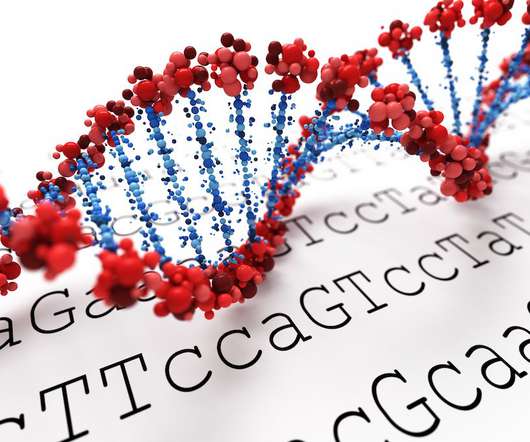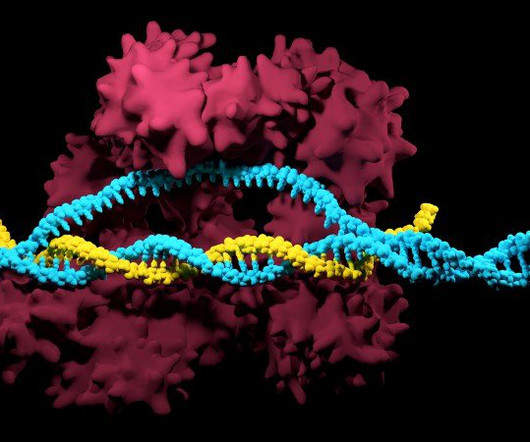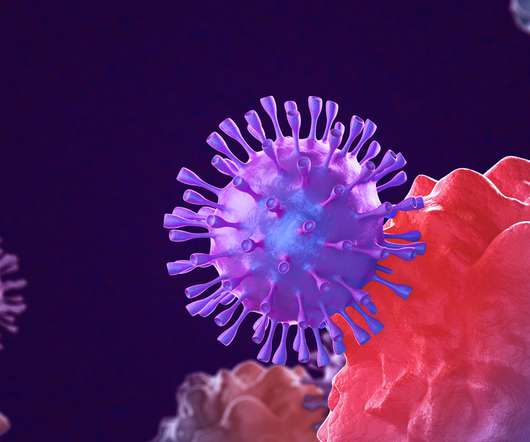Why early participant engagement is now a top priority in genetic disease research
pharmaphorum
JANUARY 18, 2023
The DNA of these so-called ‘genetic superheroes’ may contain clues about how to treat severe disease. Fast forward to today and, while many large-scale genomics studies still lack the infrastructure and consent policies to enable recontact, this is starting to change. Giving participants something in return. with their priorities.



















Let's personalize your content